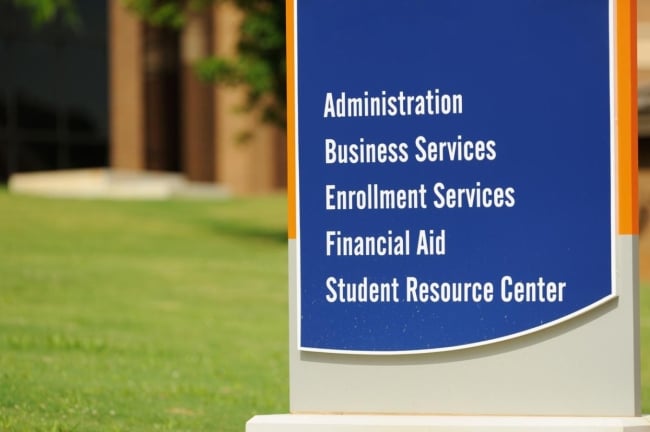You have /5 articles left.
Sign up for a free account or log in.

ISTOCK.COM/sshepard
Transfer enrollment is down 4.7 percent compared to last fall, according to the latest report from the National Student Clearinghouse Research Center. This report follows continuous bad news about enrollments for higher education during the COVID-19 pandemic that reveals a particular strain on community colleges.
One transfer pathway has seen an increase, though. Upward transfers -- students moving from a two-year college to a four-year institution -- increased by 2.6 percent over last year. All other transfer pathways, including reverse transfers of students from four-year colleges to two-year colleges, lateral transfers of students between similar institutions and transfers of students at four-year colleges to two-year colleges for the summer term, are down.
"The increase in upward transfer is great news for community college students seeking bachelor's degrees," said Douglas Shapiro, director of the research center. "It's a critical pathway for increasing access to bachelor's degrees for underserved students."
But the report found mixed results on whether it's increasing equity or access. The number of Asian, Latinx and white students taking upward transfer path are up, but it has slightly declined for Black students, he said.
Continuing students, or those who have stayed enrolled since last spring, are leading the growth in upward transfer. Most are transferring without finishing an associate degree, according to Shapiro.
Can We Finally Fix Transfer?
Inside Higher Ed held a three-part
virtual event this fall on barriers
to student transfer and efforts
to overcome them. Watch the
series on demand by
registering here.
"That adds to the enrollment challenges of community colleges," Shapiro said.
Enrollment for returning students -- those who are coming back to college after having dropped out -- is down over all. Returning student enrollment increased from 2018 to 2019, but now that enrollment is down by nearly 16 percent compared to last fall.
"It's quite a dramatic turnaround," Shapiro said.
The report is yet another rebuttal to what many in higher education predicted for the fall. Many, including Shapiro, expected students to flock to community colleges to save money during the recession and play it safe during the pandemic.
Instead, it seems the opposite happened.
"We don’t know if this is more about student motivation, or a sense of increased receptivity on the part of four-year institutions to accepting students from community colleges and their credits," Shapiro said. "Anecdotal reports say that four-year institutions are making it easier for community college students to transfer."
Transfer data speak to student success, Walter G. Bumphus, president and CEO of the American Association of Community Colleges, said in a statement.
"Much like the overall enrollment figures for this semester, the transfer figures indicate that access to higher education is not enough and that measures need to be implemented to provide for greater attainment rates for all community college students," he wrote. "We are embarking upon a major equity transfer initiative that will increase the number of African American, Hispanic, adult learners, and first-generation students that transfer from community colleges to universities. This work is more important than ever."
Davis Jenkins, a senior research scholar at the Community College Research Center at Teachers College, Columbia University, isn't surprised by the report.
"Community colleges have been losing their share to four-year institutions, among traditional-age students in particular, since 2012," Jenkins said. "In a time when COVID depressed enrollment over all, the four-years are going to be hungry for students and encourage students to transfer."
While Shapiro agrees that community colleges have been losing students for years, upward transfer rates have remained fairly flat. This new jump in that rate is notable and likely stems from the pandemic, he said.
To solve this issue, Jenkins said that community college leaders need to stop seeing their institutions as places to take cheap courses. Students now want affordable degrees that guarantee a return on investment, he said. Bachelor's degrees still offer a return on investment, but returns for associate degrees are flattening.
Students often end up taking more credits than they need at community colleges, Jenkins said. Even if they complete an associate degree, they're often still behind in their major requirements when they arrive at a four-year college.
It's worrisome to Jenkins, because the students most likely to transfer are those with the most financial and social capital, which widens the equity gap.
He believes that community colleges need to get rid of sorting mechanisms like remedial education and standardized test requirements and instead work with local employers and universities to build degree pathways. The alternative is bad for business -- and racist, he said.
Two-year colleges are trying to improve, but they have few resources compared to four-year institutions. Returning adults, who often helped boost community college enrollments, particularly in recessions, just seem unable to re-enroll in today's economy.
"If you’re an adult with no postsecondary education, in this economy, it’s just Dickensian," Jenkins said. Those adults are often working multiple shifts at low-wage jobs, and even if tuition was covered, they still have living costs to pay for.




